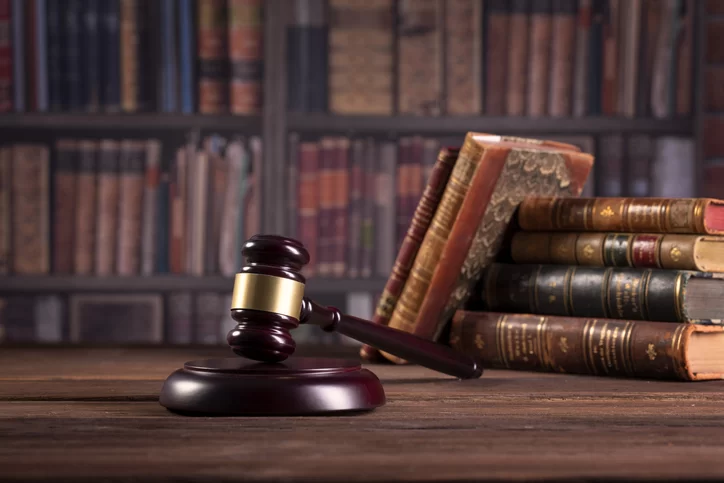- how-adoption-law-works-for-grandparent-adoptions-explained
- understanding-the-legal-framework-for-grandparent-adoption
- step-by-step-grandparent-adoption-process-and-challenges
- real-case-studies-what-grandparent-adoption-looks-like-in-real-life
- expert-advice-and-why-professional-support-matters
1. How Adoption Law Works for Grandparent Adoptions Explained
When it comes to adoption law, many people are surprised to learn just how significant a role grandparents can play. Grandparent adoption, in particular, is a unique path within family law. It enables grandparents to provide their grandchildren with stability and legal security, especially when parents are unable or unfit to care for their children. But how does the legal process actually work? And what do you need to know before considering grandparent adoption? Let's dive into the ins and outs of how adoption law works for grandparent adoptions, exploring everything from legal requirements to emotional realities.
2. Understanding the Legal Framework for Grandparent Adoption
Adoption law sets out a specific process for any adoption, and grandparent adoption is no exception. However, adopting a grandchild often involves different circumstances than a typical adoption. Family courts usually prioritize the best interests of the child, but also recognize the value of preserving family ties when possible.
To begin, grandparents must show that adoption is necessary—perhaps due to parental substance abuse, incarceration, abandonment, or even tragic loss. Legal rights are not automatically transferred simply by being related; instead, the court must terminate the legal rights of the biological parents before an adoption can proceed. This is a delicate legal process, and courts require clear and convincing evidence that adoption is in the child’s best interest.
An interesting aspect of grandparent adoption law is how states differ in their approach. Some states offer expedited processes for relative adoptions, including those by grandparents, while others hold all adoptions to the same standards. Regardless, the end goal is always to ensure the child has a stable, loving, and permanent home.
3. Step-by-Step Grandparent Adoption Process and Challenges
Navigating the grandparent adoption process can feel overwhelming, but breaking it down step by step helps clarify what to expect.
The process typically begins with filing a petition for adoption in family court. The court will then order a home study, which examines the living situation and suitability of the grandparent as a permanent caregiver. This step isn’t just a formality—it's designed to protect the best interests of the child, and sometimes it can bring up unexpected challenges, such as disagreements among family members or questions about the grandparent’s health or finances.
Next, there are legal requirements to fulfill, which may include background checks, interviews, and, crucially, the termination of the biological parents’ rights. This can be an emotional process, as it often means confronting difficult family situations. It’s not uncommon for grandparents to face resistance from other relatives or even from the children themselves, especially if bonds with parents still exist.
After these hurdles, the court will consider all evidence and, if satisfied that adoption serves the child’s best interests, will grant the adoption. At this point, the grandparent becomes the legal parent in every sense. But it’s important to remember that every situation is unique, and having professional legal guidance—like the support offered by Fred Miller Lawyer—can make a significant difference in both the process and the outcome.
4. Real Case Studies: What Grandparent Adoption Looks Like in Real Life
To truly understand how adoption law works for grandparent adoptions, it helps to look at real stories from families who have walked this path. Consider the well-publicized case of Mary, a grandmother from Ohio, who stepped in when her daughter struggled with addiction. After two years of legal battles and temporary custody arrangements, Mary successfully adopted her two grandchildren, giving them a permanent home. Her case is far from unique—in fact, the number of grandparent adoptions has increased significantly in recent years due to changing family dynamics.
Another example involves a retired couple from Texas who took legal action to adopt their granddaughter after both biological parents passed away unexpectedly. Their journey through the adoption process was complicated by distant relatives challenging their petition, but with expert legal support, the court recognized the grandparents’ deep bond and unwavering commitment, ultimately approving the adoption.
Stories like these reveal not only the legal complexities but also the emotional depth involved in grandparent adoptions. While the legal framework is important, what often stands out most is the resilience, love, and determination of the grandparents themselves.
5. Expert Advice and Why Professional Support Matters
Adoption law is full of nuances, and grandparent adoptions can be even more complex than many expect. For grandparents considering adoption, it’s essential to be well-informed and prepared for the journey ahead. Each family’s situation is different, so personalized advice from a qualified adoption attorney is invaluable.
Having professional guidance can make all the difference—navigating paperwork, preparing for home studies, and advocating for your grandchild’s best interests in court are challenges best faced with experienced support. Fred Miller Lawyer specializes in helping families like yours, offering tailored services to make the process as smooth and stress-free as possible. Whether you’re just starting to explore your options or you’re ready to begin the legal process, seeking expert help is the most reliable way to protect your grandchild’s future.
Remember, the journey may not always be easy, but with the right information, support, and a commitment to doing what’s best for the child, grandparents can transform uncertainty into lasting security for the next generation.


 otto haselhoff
otto haselhoff hunter and chandler
hunter and chandler baxter and baxter llp
baxter and baxter llp gunn law group
gunn law group 6101 carnegie blvd
6101 carnegie blvd cordisco and saile reviews
cordisco and saile reviews